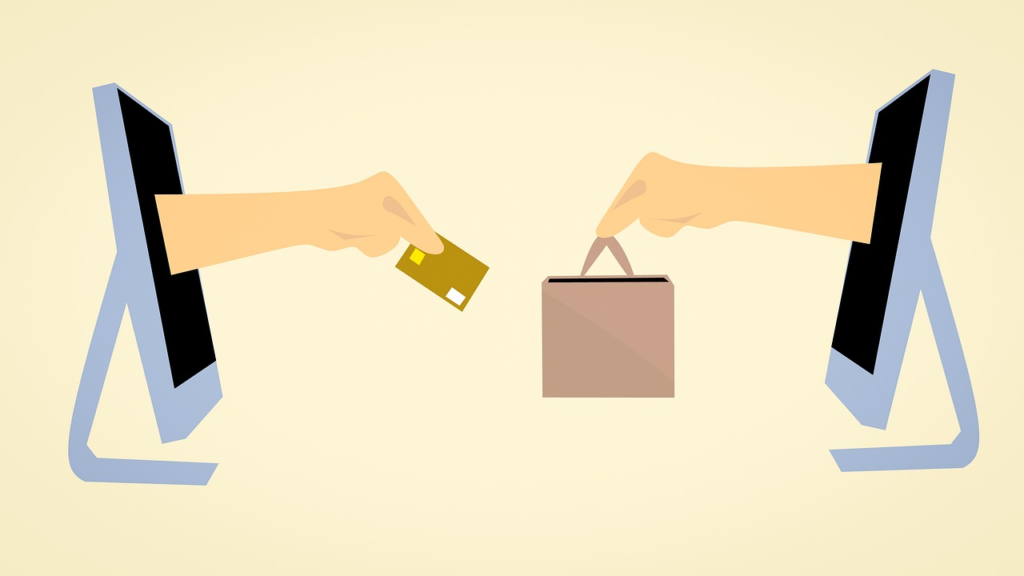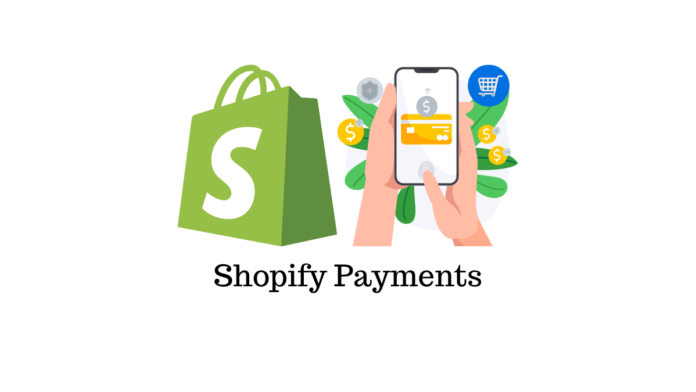Today, Shopify offers e-commerce solutions being one of the most widespread platforms in the world. It allows merchants to create a website for their business without any knowledge of programming or writing code at all. It is commonly assumed that sellers can easily accept payments from all over the world using Shopify Payments.
Shopify allows the integration of various payment systems but offers its own one based on Stripe. If you choose to use Shopify Payments, you’ll free yourself from additional transaction fees, and you’ll be able to store and do all the work regarding finances in one personal account. We’ll try to figure out whether things are that great in reality in this article.


A Canadian company decided to create its payment processor to eliminate intermediaries for conducting transactions. Shopify Payments’ integrated gateway manages all stages of payment acceptance from when the customer enters his bank card data until the money arrives at the merchant’s bank account.
How Is Shopify Payments Processed?
As we mentioned earlier, Shopify Payments is based on Stripe. It means that it is the same payment processor, the only difference being that the native one is already integrated into the store control panel on the Shopify platform. It suggests, by the way, that except on the venue itself, sellers cannot use the payment service anywhere else. It’s worth noting, however, that its simple setup process and competitive pricing make it an ideal payment solution for Shopify users.
Shopify Payments is a straightforward and convenient solution, unlike many payment acceptance methods. The merchant doesn’t have to contact third-party specialists for integration and get approval to open an account before they can start processing payments.
The checkout process takes place directly on the store’s website, without going to third-party resources, saving the buyer time and nerves by eliminating unnecessary complexity.
With this solution, a merchant can accept buyers’ payments from their bank cards and transfer payments to his bank account. Access to payments is provided through Shopify’s dashboard.
What Are Shopify Payment Fees?
Just as many other e-commerce service providers, Shopify prefers to offer its customers multi-payer plans. The service also has a 14-day free trial, which gives the merchant a taste of the platform’s benefits.


The Shopify Lite prices the seller $9 per month, providing
Shopify Payments commission of 2.9% + 30¢ per transaction for selling online and 2.7% per transaction for offline engagement.
The Shopify Basic prices are $29 per month, demanding Shopify Payments commission approx. 2.9% + 30¢ per transaction for an online sale.
The Shopify plan costs $79 per month with a Shopify Payments commission of 2.6% +30¢ per online sale.
The Shopify Advanced plan costs $299 per month, and its Shopify Payments commission – is 2.4% + 30¢ per online transaction and 2.4% for physical participation.
The Shopify Plus is the most expensive one and costs about $2000 per month calculating custom Shopify Payments commission.
Who Can Use Shopify Payments?
Unlike being able to open a Shopify store, not every country has the opportunity to use its payment system.
The citizens of North America: Canada, and the USA; Great Britain and Australia; the countries of Western Europe: Austria, Denmark, Germany, Belgium, Ireland, Italy, the Netherlands, Sweden, and Spain can benefit from it. The Asian countries too: Hong Kong, Japan, and Singapore.
As you have already noticed, this list does not include Eastern European and Asian countries, such as Ukraine, Belarus, Kazakhstan, etc.
Shopify Payments Alternatives
If, for some reason, the seller is not satisfied with the platform service, Shopify Payments is not the only software development payment model available within it. Some of the most popular ones include:
Stripe
Probably one of the easiest ways to get cash flow into your account. Its simplicity is why Shopify has chosen algorithms to implement in its payment system. That is, Shopify Payments is Stripe, only integrated into Shopify.
This payment system is available in 41 countries. Unfortunately, if the seller will have multiple refunds or the items he sells will not match the list of allowed items from Stripe, for example, items from Aliexpress, such an account will be frozen.
Stripe Atlas
The Stripe payment system has a service called Stripe Atlas, which allows entrepreneurs to register a company in the U.S. for $500 and accept payments through Stripe. This method is suitable for those merchants who are not residents of included countries but want to use Stripe. Their services include registering the company in Delaware, preparing and signing its internal documents protecting its intellectual property, registering the company as a taxpayer, etc.
PayPal
Tough PayPal is similar to Stripe, it is available to a broader range of countries than Shopify Payments, but many users find it a bit controversial. PayPal has a strict payment policy and reserves the right to suspend or delete accounts, sometimes even because of just one chargeback, or if suddenly a seller has withdrawn too much money to pay for advertising, for example.
In addition, even if the country is in PayPal’s support circle, some countries face a significant difference in currency conversion during payouts. Pay Pal does not like dropshipping, among other things, and if it suspects, the account will be frozen.
Merchant Bank Account
However, not all countries are known to have access to these payment systems as well, so they should consider a merchant account. If the intermediary payment systems are not a good fit for the seller, he may want to consider one or more bank accounts with banks that offer international payment options. It is a more complicated route than online payment systems, but there is much less risk of having the account deleted.


Shopify Payments Pros And Cons
The Perks
The obvious perk of using Shopify Payments is the quick setup of the solution. The built-in payment system saves time and synchronizes the seller’s finances with sales and inventory in his/her store within the platform.
The streamlined processing of payments increases conversion rates and reduces the abandoned cart ratio.
Unlike third-party payment systems, Shopify Payments allows the merchant to save on double transaction fees: third-party commission and Shopify commission. It is because Shopify Payments retains only the commission of the payment service without charging an additional 0.5-2% of each transaction.
Shopify Payments is not playing the monopolist and lets customers choose the payment method that is most convenient for them. So the seller can plug in several payment systems.
Dealing with sensitive customer data on both sides, the company has tried to ensure a high level of security by offering functionality to identify high-risk orders and an effective refund process. Shopify Payments provide fraud and risk analysis, 3D secure checkout, data encryption, bot protection, and other sophisticated mechanisms.
The Flaws
As we have already mentioned, one of the main flaws of the service is its limited availability in several Eastern European and Asian countries. Because of this, many sellers try to set up accounts through third parties, which does not always speak in favor of the security of such sellers’ accounts and forces them to act at their own risk.
Shopify has a comprehensive list of banned items, and its payment gateway maintains strict rules accordingly. In the case of using Shopify Payments, it is critical to review the terms of use in detail and care.
A pain point for many sellers is the right to freeze an account abruptly. Most often, this happens because of suspicious account activity, and the time to review the issue can be quite long.
If the payment system suddenly deems that the business does not meet its requirements, the account will be frozen immediately after it is activated.
Chargeback to the remitter for an online credit card transaction can cause additional costs to the merchant since he pays it, and its price to Shopify Payments is high.











